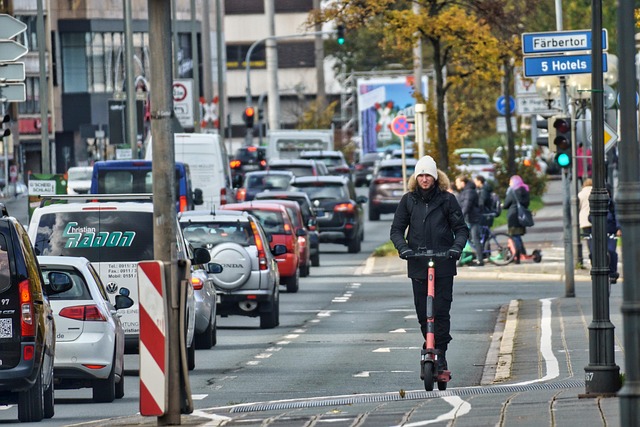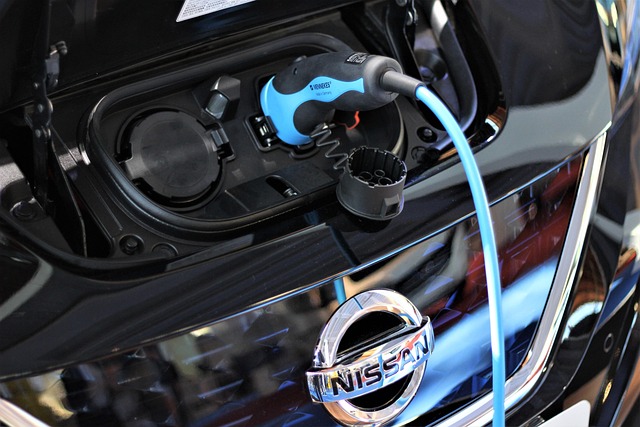As we navigate through the complexities of modern living, the connection between our transport systems and the preservation of natural beauty becomes increasingly apparent. The protection of natural values is paramount, especially in rural areas where the landscape is often untouched and essential to the community’s identity. Exploring transport sustainability through a rural development lens reveals significant opportunities to honor and protect these vital natural landscapes while simultaneously improving mobility.
Transport sustainability is about more than just creating efficient and effective transportation options; it embodies a deeper commitment to preserving our environment. In rural areas, where sprawling farmlands, forests, and waterways define the landscape, it is crucial that our transportation initiatives do not disrupt the inherent beauty and ecological health of these areas. By prioritizing sustainable transport options—such as electric vehicles, bike paths, and public transit—we can foster mobility that respects and enhances the rural environment.
When we reimagine rural transport systems, we can create integrated networks that serve communities while safeguarding the local ecosystem. For instance, the development of bike paths and walking routes not only promotes a healthier lifestyle but also minimizes the carbon footprint and disturbances to our surroundings. These pathways can weave through breathtaking scenery, allowing locals and visitors alike to experience the natural beauty up close without compromising its integrity.
Moreover, sustainable transport solutions must consider the cultural and natural heritage of rural areas. Incorporating local input in transport planning ensures that the values and priorities of the community are reflected in development efforts. Communities can participate in designing transport solutions that highlight their unique natural features—whether it’s a scenic overlook, historical sites, or vibrant local flora and fauna—thereby reinforcing the protection of natural values that visitors and residents cherish.
Investing in reliable, environmentally-friendly transport in rural areas also aids in economic development. By facilitating access to markets, education, and healthcare, we create resilient communities that thrive without sacrificing their natural landscapes. Mobility and accessibility should not come at the expense of the environment; they should be integrated in a way that enhances both community well-being and ecological preservation.
The choices we make today regarding transportation will echo through the future of our rural landscapes. By championing sustainable practices that prioritize the protection of natural values, we take a significant step toward ensuring that these areas continue to flourish, both as thriving communities and as places of natural beauty. As we push to innovate and enhance rural mobility, let us remain deeply committed to preserving the treasures that make our natural world so special.



